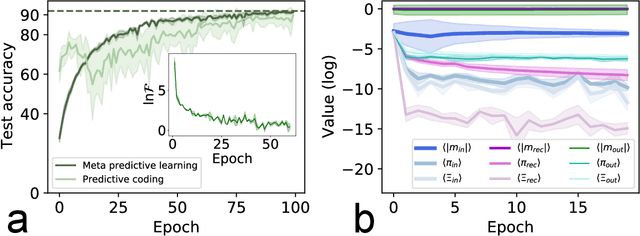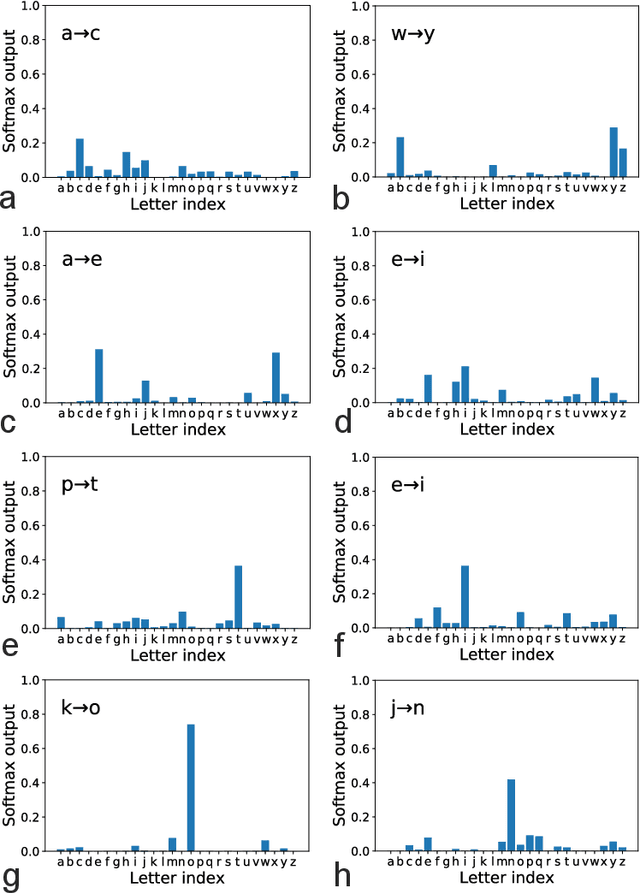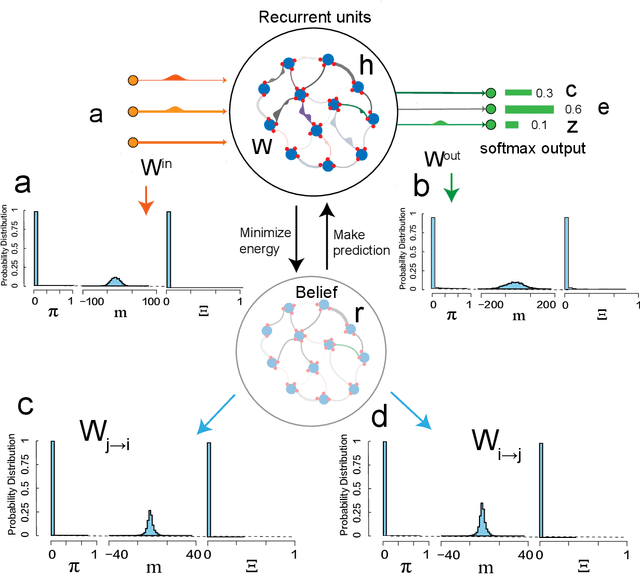Meta predictive learning model of natural languages
Paper and Code
Sep 08, 2023



Large language models based on self-attention mechanisms have achieved astonishing performances not only in natural language itself, but also in a variety of tasks of different nature. However, regarding processing language, our human brain may not operate using the same principle. Then, a debate is established on the connection between brain computation and artificial self-supervision adopted in large language models. One of most influential hypothesis in brain computation is the predictive coding framework, which proposes to minimize the prediction error by local learning. However, the role of predictive coding and the associated credit assignment in language processing remains unknown. Here, we propose a mean-field learning model within the predictive coding framework, assuming that the synaptic weight of each connection follows a spike and slab distribution, and only the distribution is trained. This meta predictive learning is successfully validated on classifying handwritten digits where pixels are input to the network in sequence, and on the toy and real language corpus. Our model reveals that most of the connections become deterministic after learning, while the output connections have a higher level of variability. The performance of the resulting network ensemble changes continuously with data load, further improving with more training data, in analogy with the emergent behavior of large language models. Therefore, our model provides a starting point to investigate the physics and biology correspondences of the language processing and the unexpected general intelligence.
 Add to Chrome
Add to Chrome Add to Firefox
Add to Firefox Add to Edge
Add to Edge